When portrait photographers discuss their toolkit, conversations inevitably center on camera bodies, prime lenses, and lighting equipment. Yet the accessories that truly separate professional portrait sessions from amateur snapshots often have nothing to do with those things. Creating compelling portraits requires managing human subjects, environmental challenges, and countless variables that sophisticated camera technology cannot address.
Success in portrait photography stems from anticipating client needs, maintaining professional standards, and solving problems before they derail creative momentum. The difference between a memorable session and a disappointing experience frequently depends on preparation that extends far beyond photographic technique.
1. Soft Blankets for Outdoor Shoots
Outdoor portrait sessions expose clients to environmental discomforts that indoor studios eliminate entirely. Ground surfaces, park benches, and natural seating options often prove dirty, damp, or uncomfortable for extended posing periods. Subjects wearing light-colored clothing or formal attire face particular challenges when positioning themselves on questionable surfaces.
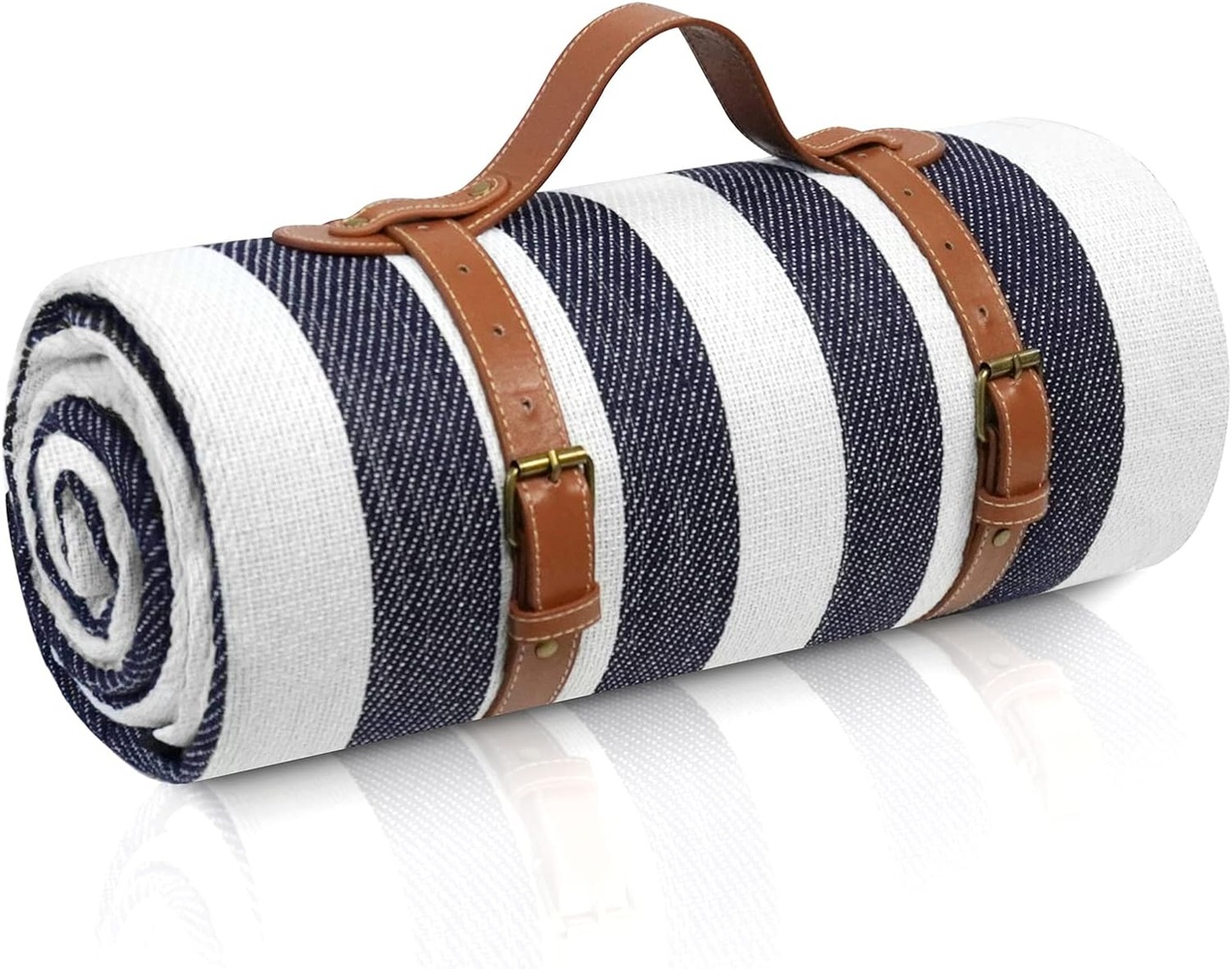 Quality outdoor blankets provide clean, comfortable surfaces that enable relaxed, natural expressions. Choose washable materials in neutral colors that won't create unwanted color casts or visual distractions in your images. Waterproof backing prevents moisture transfer while soft upper surfaces ensure client comfort during lengthy sessions. Blankets also serve as impromptu changing areas for wardrobe adjustments and provide warmth during early morning or late evening shoots when temperatures drop unexpectedly.
Quality outdoor blankets provide clean, comfortable surfaces that enable relaxed, natural expressions. Choose washable materials in neutral colors that won't create unwanted color casts or visual distractions in your images. Waterproof backing prevents moisture transfer while soft upper surfaces ensure client comfort during lengthy sessions. Blankets also serve as impromptu changing areas for wardrobe adjustments and provide warmth during early morning or late evening shoots when temperatures drop unexpectedly.
2. Battery-Powered Portable Fan
Client comfort directly impacts portrait quality, and overheated subjects produce stressed facial expressions, visible perspiration, and compromised makeup application. Summer sessions, indoor locations without adequate ventilation, and hot lighting setups create challenging conditions that affect both subject comfort and image quality. Wilted clients cannot deliver the confident, relaxed energy that exceptional portraits require.
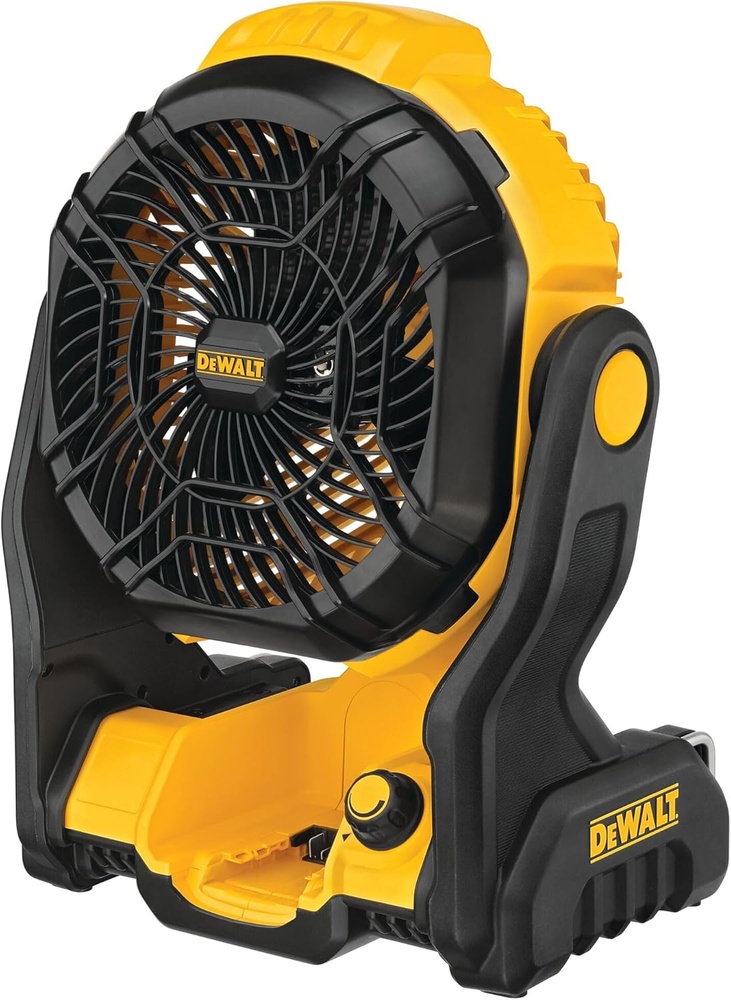 Portable battery-powered fans provide immediate relief while remaining quiet enough to avoid disrupting conversation and direction during sessions. Modern units offer variable speed settings, oscillation features, and extended battery life suitable for multi-hour shoots. Position fans strategically to provide cooling without disturbing carefully styled hair (or use them to provide a little dynamic hair motion) or creating excessive movement in clothing. The investment in client comfort translates directly into improved expressions and increased session satisfaction.
Portable battery-powered fans provide immediate relief while remaining quiet enough to avoid disrupting conversation and direction during sessions. Modern units offer variable speed settings, oscillation features, and extended battery life suitable for multi-hour shoots. Position fans strategically to provide cooling without disturbing carefully styled hair (or use them to provide a little dynamic hair motion) or creating excessive movement in clothing. The investment in client comfort translates directly into improved expressions and increased session satisfaction.
3. Emergency Makeup Kit
Professional makeup artists elevate portrait sessions significantly, but budget constraints and scheduling challenges often require photographers to handle basic touch-ups independently. Shine control, blemish coverage, and minor corrections can eliminate hours of post-processing work while ensuring clients feel confident and camera-ready throughout their session.
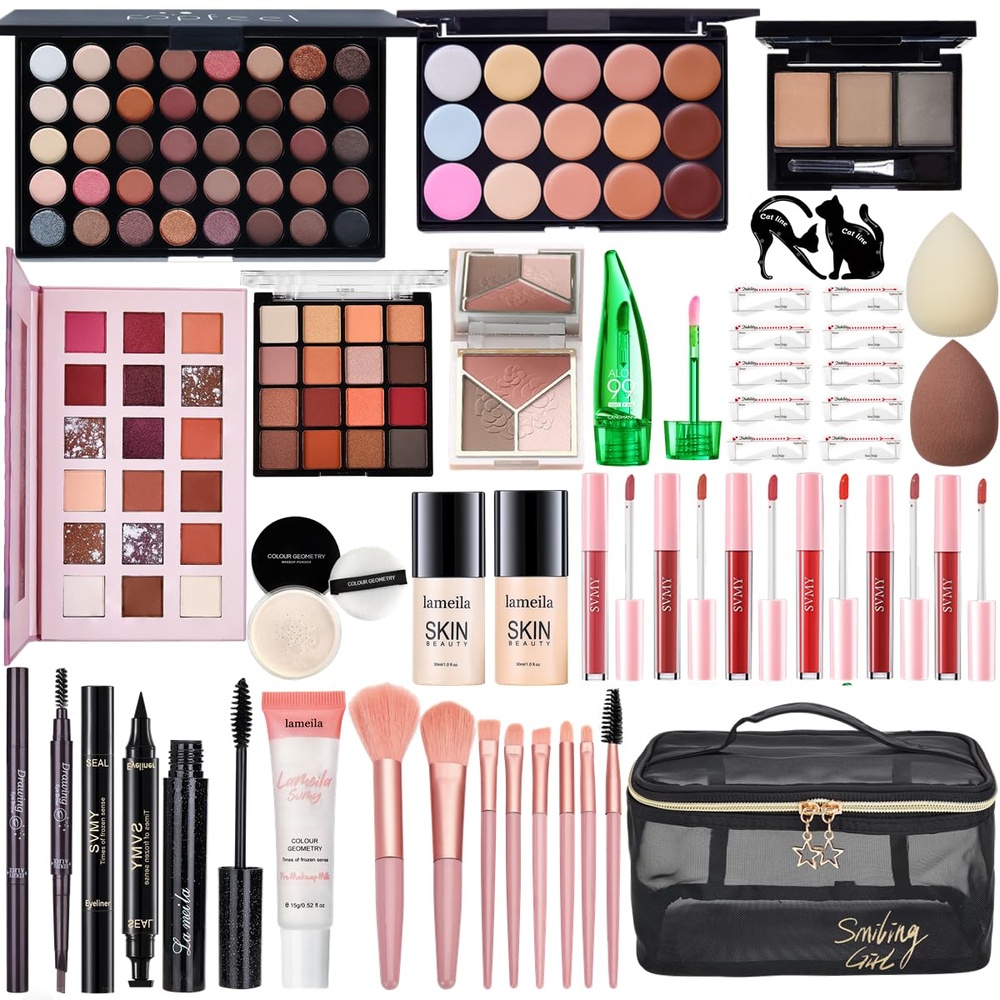 Assemble a basic kit containing concealer in multiple shades, translucent powder, makeup sponges, cotton swabs, and makeup remover wipes. Include basic lip color options and eye makeup for emergency touch-ups. Even photographers working with professional makeup artists benefit from maintaining supplies for last-minute adjustments between shots. Learning basic application techniques (or simply providing supplies for the client to apply themselves) pays dividends in reduced editing time and improved client satisfaction. Five minutes of on-set correction often eliminates thirty minutes of digital retouching later.
Assemble a basic kit containing concealer in multiple shades, translucent powder, makeup sponges, cotton swabs, and makeup remover wipes. Include basic lip color options and eye makeup for emergency touch-ups. Even photographers working with professional makeup artists benefit from maintaining supplies for last-minute adjustments between shots. Learning basic application techniques (or simply providing supplies for the client to apply themselves) pays dividends in reduced editing time and improved client satisfaction. Five minutes of on-set correction often eliminates thirty minutes of digital retouching later.
4. Hair Brush, Ties, Clips, and Hair Spray for Flyaways
Weather conditions, physical movement, and extended session duration inevitably disrupt carefully styled hair. Wind, humidity, and static electricity create flyaway strands that require constant attention during outdoor shoots. Indoor sessions with air conditioning or heating systems produce similar challenges that compromise the polished appearance clients expect from professional portraits.
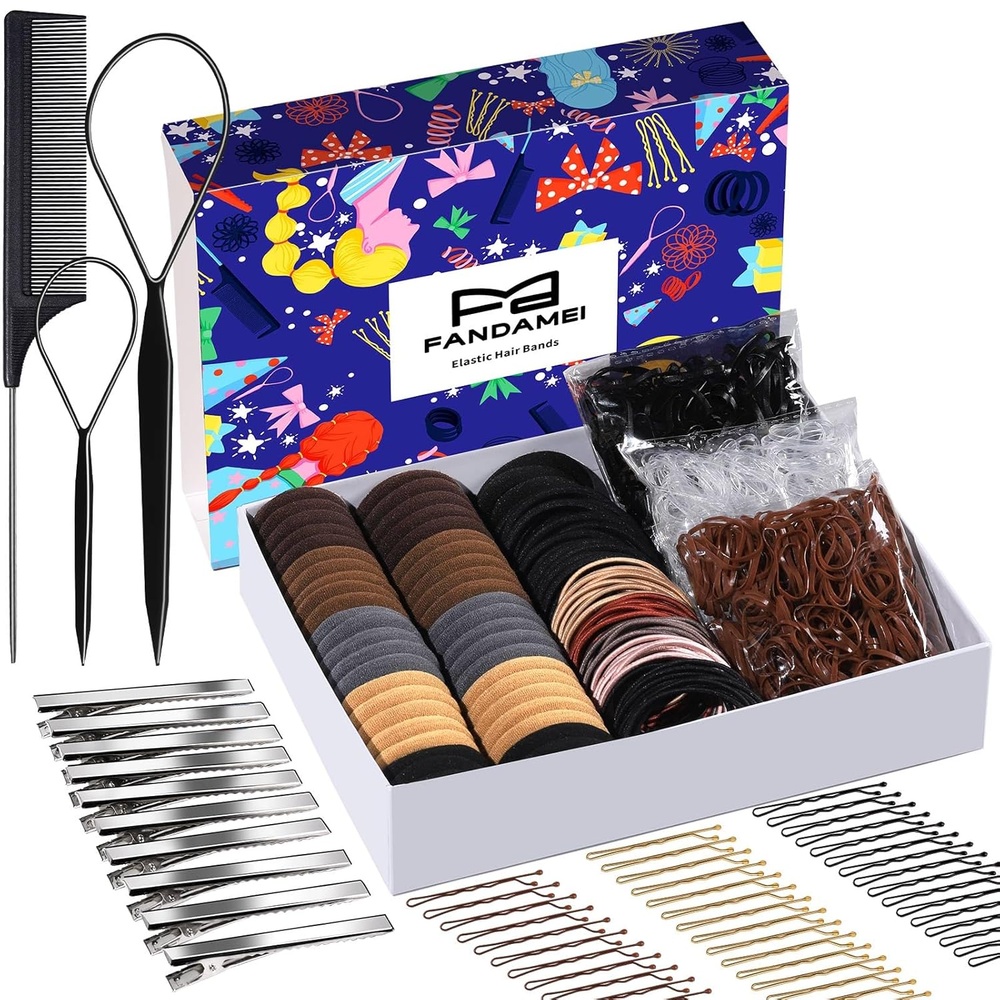 Maintain a comprehensive hair management kit including soft-bristle brushes, clear elastic ties, bobby pins in multiple colors, and professional-grade hairspray designed for photography. Anti-static brushes prove particularly valuable during dry conditions. Address flyaways immediately rather than relying on post-processing solutions—digital hair cleanup requires precision work that significantly extends editing timelines. Proactive hair management during shooting saves substantial time in post-production while ensuring consistently polished results throughout the session.
Maintain a comprehensive hair management kit including soft-bristle brushes, clear elastic ties, bobby pins in multiple colors, and professional-grade hairspray designed for photography. Anti-static brushes prove particularly valuable during dry conditions. Address flyaways immediately rather than relying on post-processing solutions—digital hair cleanup requires precision work that significantly extends editing timelines. Proactive hair management during shooting saves substantial time in post-production while ensuring consistently polished results throughout the session.
5. Bottled Water
Portrait sessions demand sustained energy and focus from both photographer and subjects. Dehydration affects cognitive function, mood stability, and physical comfort, all factors that directly influence portrait quality and client experience. Long sessions under hot lights or in challenging outdoor conditions amplify fluid loss and increase the risk of fatigue-related performance decline.
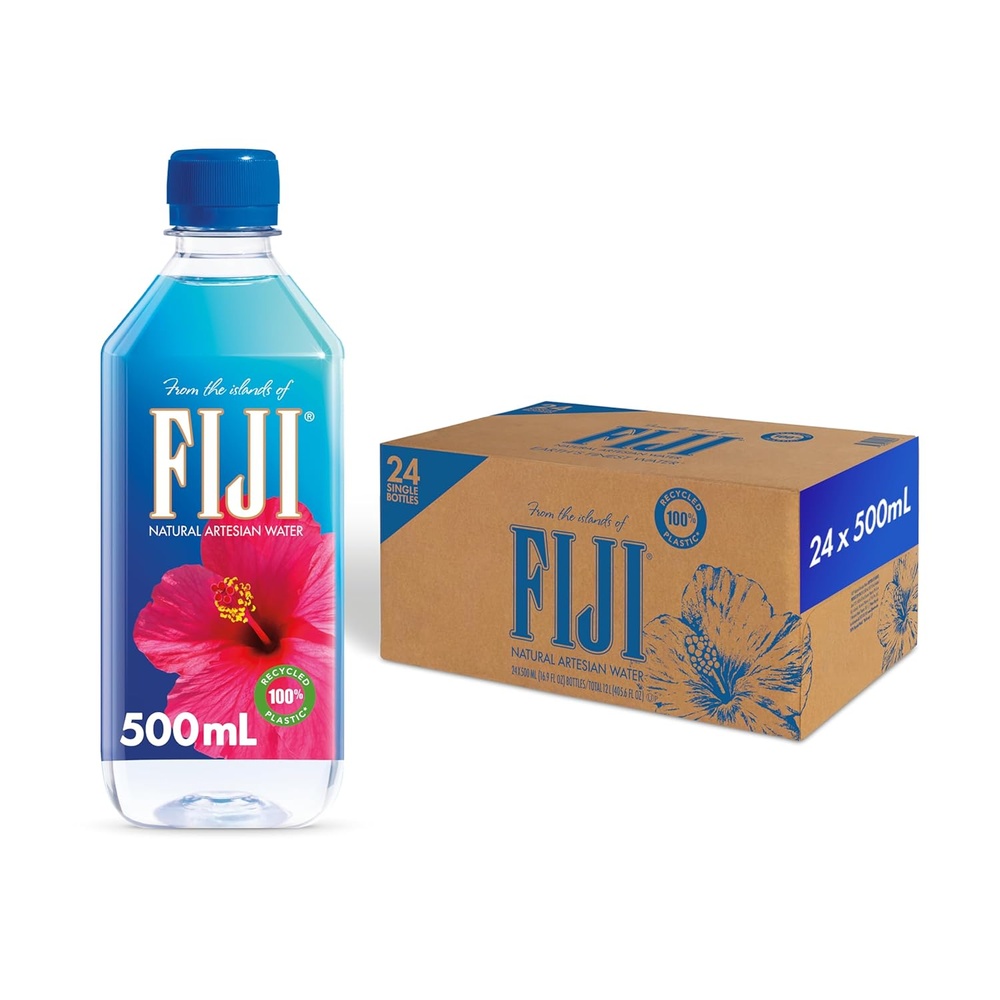 Provide fresh bottled water for all session participants, including clients, assistants, and makeup artists. Cold water proves especially valuable during summer sessions or when working with hot continuous lighting. Hydrated clients maintain better energy levels, more animated expressions, and improved cooperation throughout extended shoots. The minimal expense of providing refreshments demonstrates professionalism while contributing to session success. Consider bringing extra supplies for accompanying family members or friends who may attend sessions.
Provide fresh bottled water for all session participants, including clients, assistants, and makeup artists. Cold water proves especially valuable during summer sessions or when working with hot continuous lighting. Hydrated clients maintain better energy levels, more animated expressions, and improved cooperation throughout extended shoots. The minimal expense of providing refreshments demonstrates professionalism while contributing to session success. Consider bringing extra supplies for accompanying family members or friends who may attend sessions.
6. Portable Bluetooth Speaker for Ambient Music
Comfortable clients produce authentic expressions, and appropriate background music significantly influences session atmosphere. Silence creates awkward tension that translates into stiff, unnatural poses and forced smiles. The right musical selection encourages relaxation, elevates mood, and helps subjects feel more confident during what can be an intimidating experience for non-professional models.
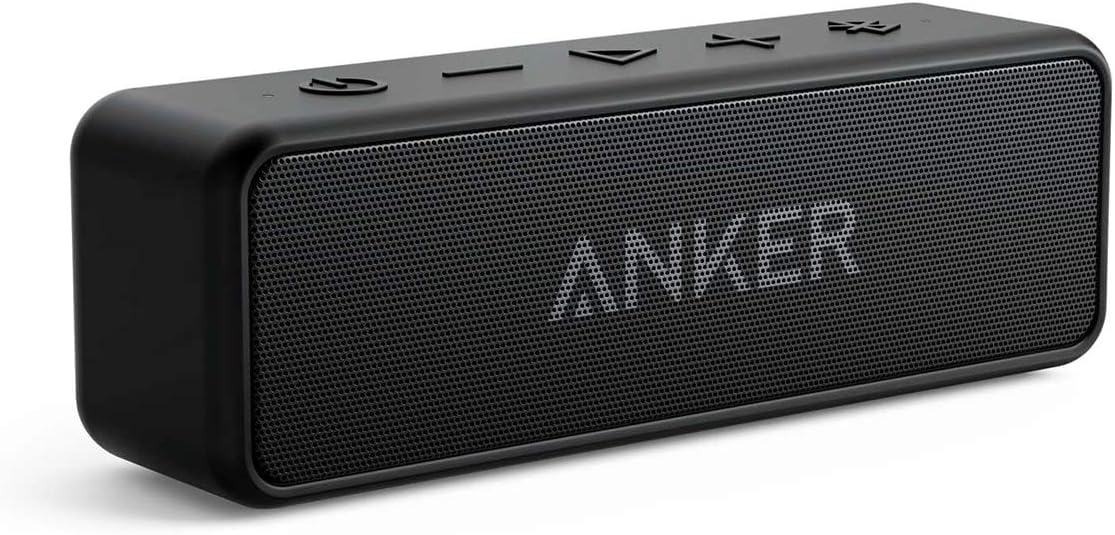 Invest in a quality portable speaker with clear audio and reliable Bluetooth connectivity. Create curated playlists appropriate for different client demographics and session styles—upbeat contemporary music for young professionals, classical selections for formal portraits, or acoustic options for family sessions. Or better yet, let clients play their own music! Keep volume levels moderate to maintain easy conversation while providing pleasant ambient sound. Music selection becomes particularly important when working with nervous subjects or children who benefit from familiar, comforting background audio.
Invest in a quality portable speaker with clear audio and reliable Bluetooth connectivity. Create curated playlists appropriate for different client demographics and session styles—upbeat contemporary music for young professionals, classical selections for formal portraits, or acoustic options for family sessions. Or better yet, let clients play their own music! Keep volume levels moderate to maintain easy conversation while providing pleasant ambient sound. Music selection becomes particularly important when working with nervous subjects or children who benefit from familiar, comforting background audio.
7. High-Capacity Portable Phone Charger and Cables
Modern smartphones serve critical functions beyond personal communication during portrait sessions. They serve as cameras for behind-the-scenes content, reference devices for showing clients poses or examples, communication tools for coordinating with assistants, and business platforms for immediate social media sharing or client communication. Battery depletion during active sessions creates professional disruptions and missed opportunities.
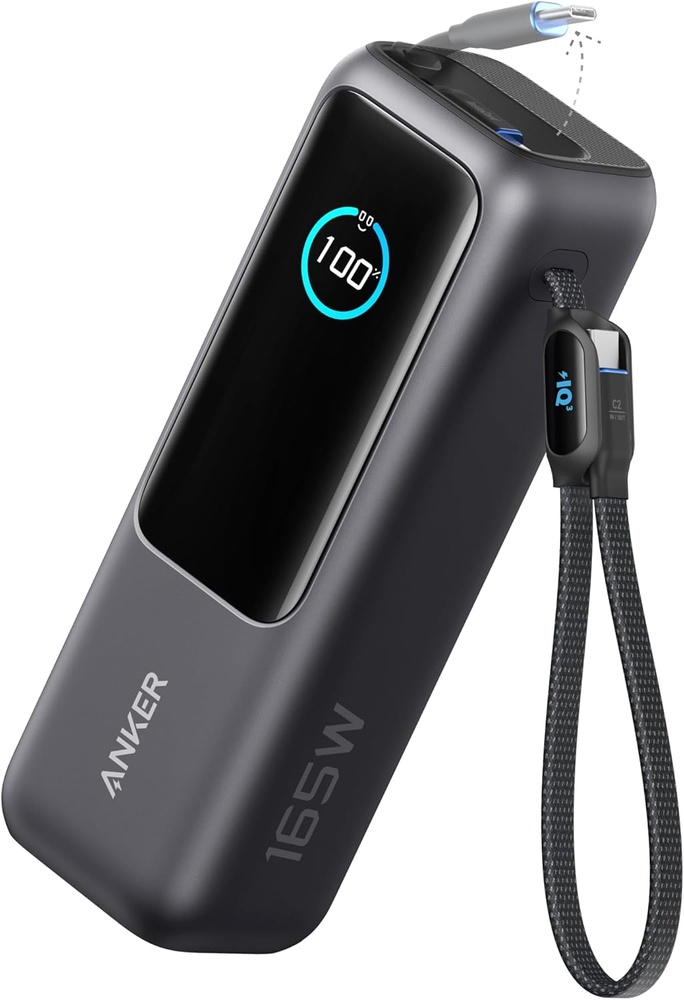 Choose robust power banks with sufficient capacity for multiple device charges and include various cable types to accommodate different phone models. Many photographers use their phones for playing music, referencing shot lists, and maintaining client communication throughout the day. USB-C, Lightning, and micro-USB cables ensure compatibility with client devices that may also require charging during lengthy sessions. Reliable power management eliminates technical interruptions and maintains professional workflow continuity.
Choose robust power banks with sufficient capacity for multiple device charges and include various cable types to accommodate different phone models. Many photographers use their phones for playing music, referencing shot lists, and maintaining client communication throughout the day. USB-C, Lightning, and micro-USB cables ensure compatibility with client devices that may also require charging during lengthy sessions. Reliable power management eliminates technical interruptions and maintains professional workflow continuity.
8. Safety Pins for Wardrobe Adjustments
Clothing doesn't always fit perfectly straight from the store, and portrait sessions reveal every wardrobe imperfection that normal daily wear conceals. Loose fabric, gaping necklines, uneven hems, and poorly fitted garments create distracting visual elements that compromise portrait quality. Professional styling adjustments often make the difference between amateur snapshots and polished professional images.
 Maintain a selection of safety pins in various sizes for quick wardrobe modifications during sessions. Large pins secure loose fabric behind subjects, while smaller versions handle delicate adjustments on formal wear or children's clothing. Learn basic pinning techniques that create better garment fit without causing damage or discomfort. Temporary adjustments that improve clothing appearance save significant time in post-processing and often eliminate the need for digital wardrobe corrections entirely.
Maintain a selection of safety pins in various sizes for quick wardrobe modifications during sessions. Large pins secure loose fabric behind subjects, while smaller versions handle delicate adjustments on formal wear or children's clothing. Learn basic pinning techniques that create better garment fit without causing damage or discomfort. Temporary adjustments that improve clothing appearance save significant time in post-processing and often eliminate the need for digital wardrobe corrections entirely.
9. LED Flashlight and Headlamp
Portrait photographers frequently work in challenging lighting conditions that extend beyond their primary lighting setup. Early morning sessions, late evening shoots, and indoor locations with poor ambient lighting require supplementary illumination for navigation, equipment setup, and safety considerations. Traditional phone flashlights provide inadequate brightness and drain battery power rapidly when used extensively.
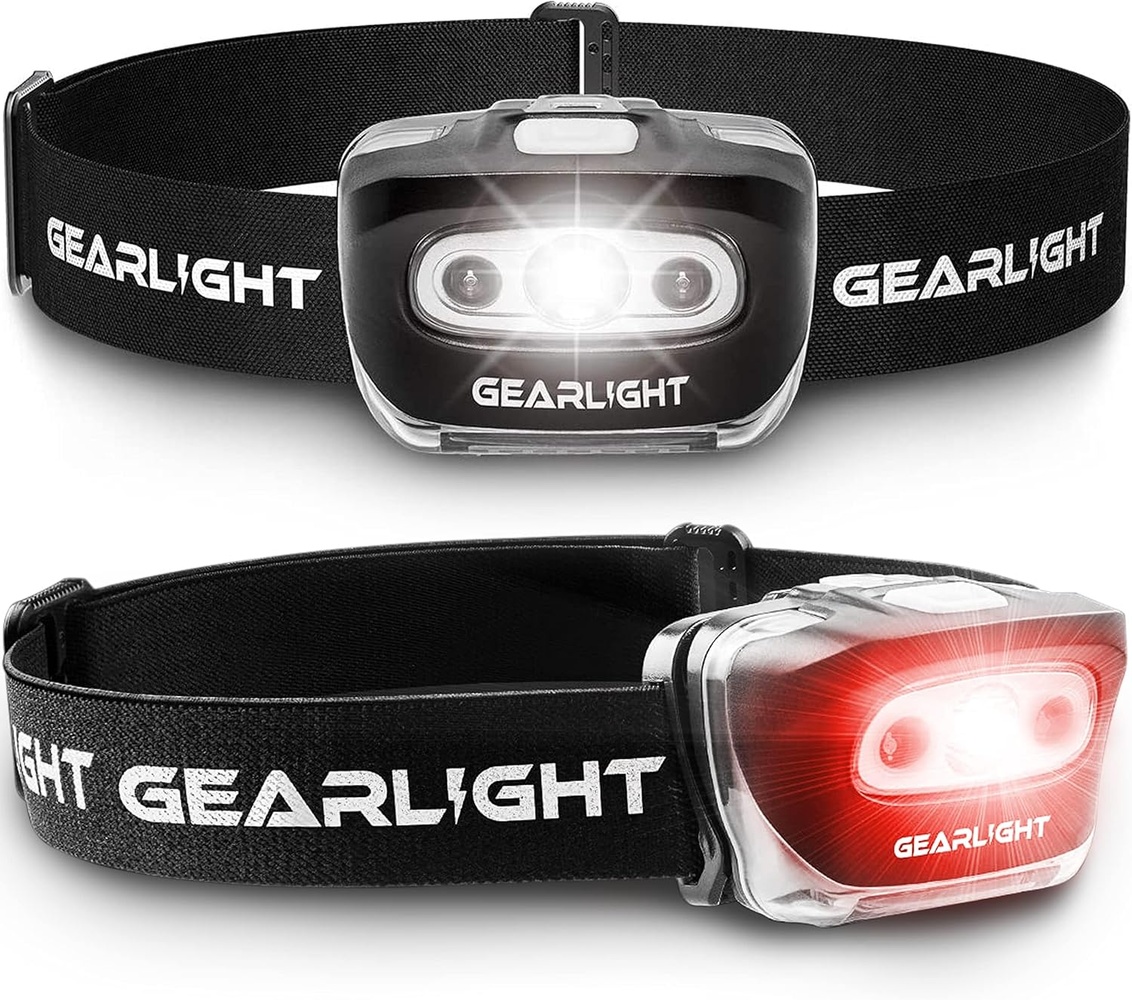 Professional LED flashlights offer superior brightness, extended battery life, and hands-free operation when equipped with clips or magnetic bases. Headlamps prove particularly valuable for equipment setup in dark conditions, allowing both hands to remain available for gear management. Choose models with variable brightness settings and red-light options that preserve night vision while providing necessary illumination. Quality lighting tools enhance safety during location shoots and ensure efficient workflow regardless of environmental lighting conditions.
Professional LED flashlights offer superior brightness, extended battery life, and hands-free operation when equipped with clips or magnetic bases. Headlamps prove particularly valuable for equipment setup in dark conditions, allowing both hands to remain available for gear management. Choose models with variable brightness settings and red-light options that preserve night vision while providing necessary illumination. Quality lighting tools enhance safety during location shoots and ensure efficient workflow regardless of environmental lighting conditions.
10. Multi-Tool
Portrait sessions involve plenty of equipment management and problem-solving. Loose tripod connections, lighting stand adjustments, and unexpected equipment issues require immediate solutions to maintain creative momentum. Having appropriate tools readily available prevents minor technical problems from derailing entire sessions.
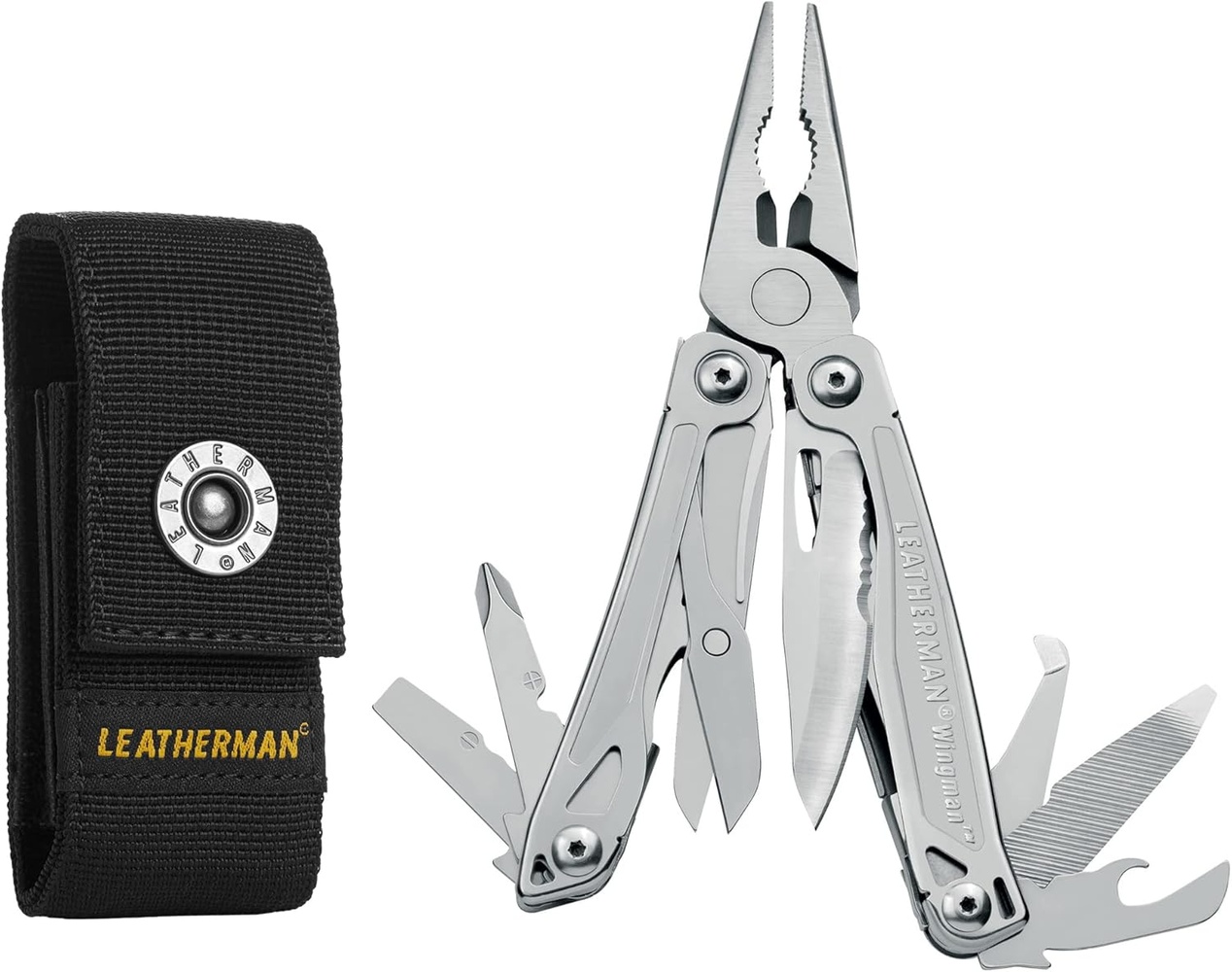 Select a comprehensive multi-tool featuring screwdrivers, pliers, knife blade, scissors, and wire cutters within a compact package. Photography-specific models include hex keys commonly used in tripod and lighting equipment. The versatility and convenience of quality multi-tools justify their inclusion in every photographer's essential equipment kit.
Select a comprehensive multi-tool featuring screwdrivers, pliers, knife blade, scissors, and wire cutters within a compact package. Photography-specific models include hex keys commonly used in tripod and lighting equipment. The versatility and convenience of quality multi-tools justify their inclusion in every photographer's essential equipment kit.
11. Lint Roller for Clothing
Professional portraits demand meticulous attention to clothing presentation, and fabric lint, pet hair, and dust particles create distracting visual elements that diminish image quality. Dark clothing shows every speck of light-colored debris, while light garments reveal dark particles and fibers. These imperfections become particularly noticeable in high-resolution images and require time-consuming digital cleanup if not addressed during shooting.
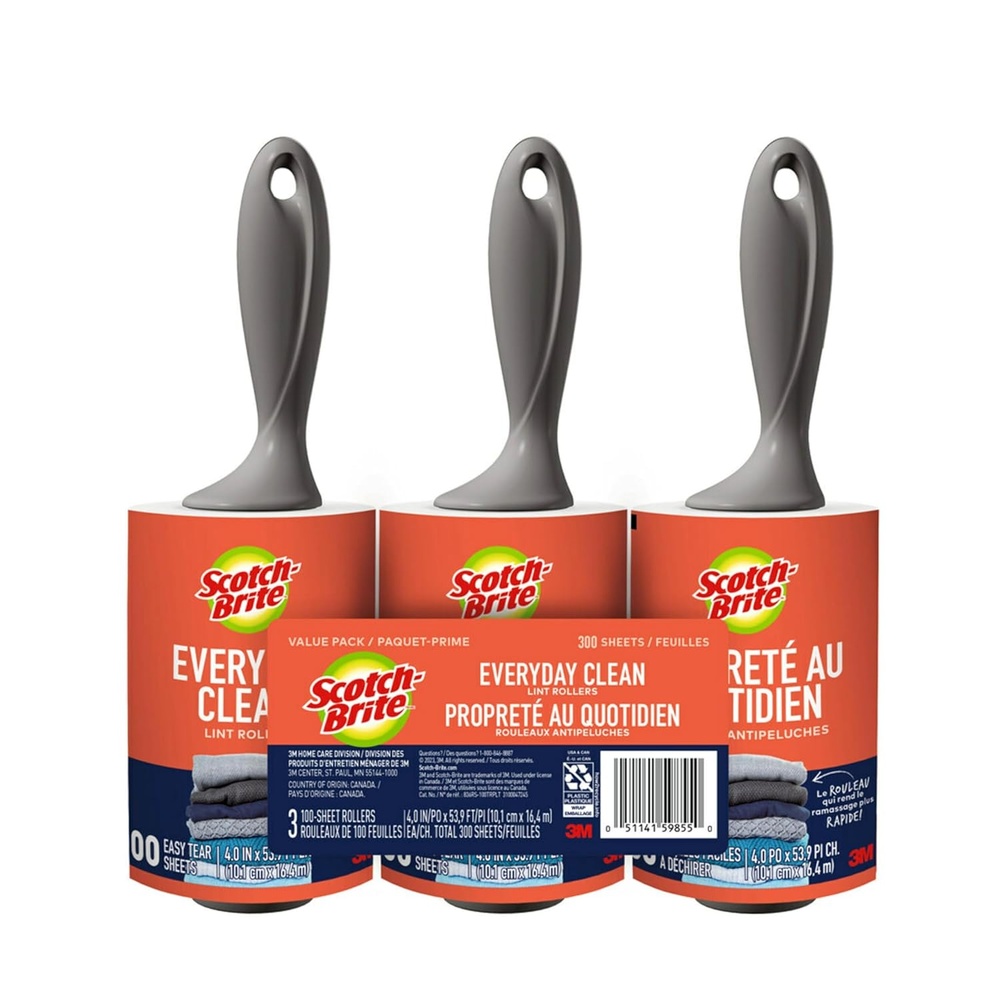 Lint rollers provide quick, effective solutions for maintaining pristine clothing appearance throughout portrait sessions. Address clothing issues immediately rather than relying on post-processing corrections. Proactive clothing maintenance ensures consistently professional results while minimizing post-production workload.
Lint rollers provide quick, effective solutions for maintaining pristine clothing appearance throughout portrait sessions. Address clothing issues immediately rather than relying on post-processing corrections. Proactive clothing maintenance ensures consistently professional results while minimizing post-production workload.
12. Professional Step Stool for Angle Variety
Camera height relative to subject positioning dramatically influences portrait composition and visual impact. Shooting from varied elevations creates diverse perspectives that add visual interest and accommodate different client heights and group configurations. Standard eye-level positioning limits creative options and can produce repetitive, predictable results across different sessions.
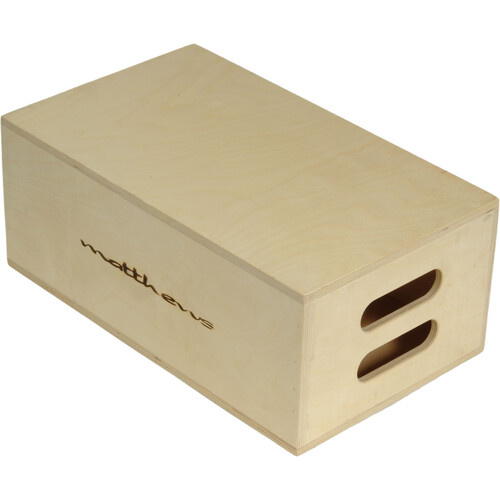 Invest in a sturdy, lightweight stool that provides secure footing while supporting photographer movement during active shooting. Adjustable-height models offer greater versatility for achieving specific angles and accommodating various shooting scenarios. Elevated positions prove particularly valuable when photographing children, creating dynamic group arrangements, or achieving flattering angles. The ability to quickly adjust shooting height expands creative possibilities and improves overall portrait variety.
Invest in a sturdy, lightweight stool that provides secure footing while supporting photographer movement during active shooting. Adjustable-height models offer greater versatility for achieving specific angles and accommodating various shooting scenarios. Elevated positions prove particularly valuable when photographing children, creating dynamic group arrangements, or achieving flattering angles. The ability to quickly adjust shooting height expands creative possibilities and improves overall portrait variety.
13. Portable Equipment Cart/Wagon
Portrait sessions often require substantial equipment transport, particularly for location shoots involving multiple lighting setups, backdrop systems, and various accessories. Manual carrying of heavy gear creates fatigue, increases setup time, and raises the risk of equipment damage through dropping or improper handling. Efficient equipment transportation enables photographers to work in diverse locations while maintaining professional standards.
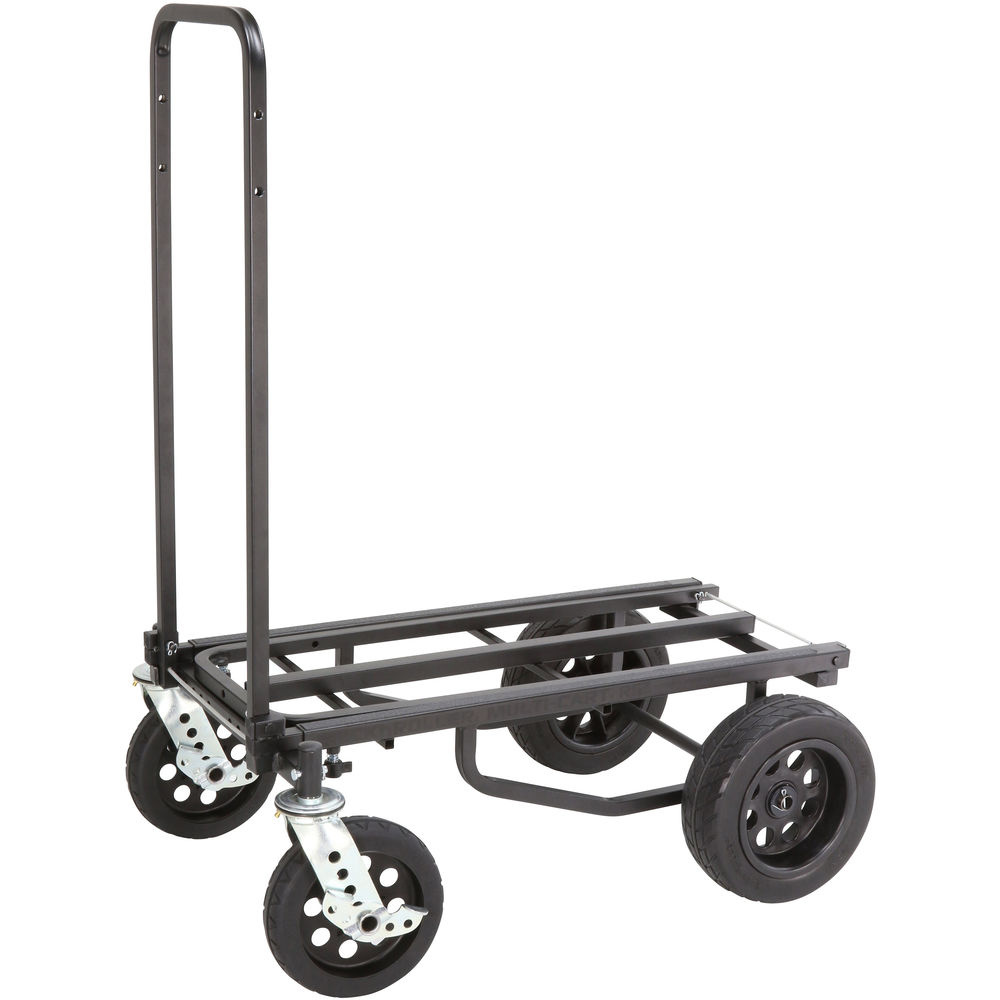 Choose wheeled carts designed for outdoor use with sturdy construction and reliable wheel systems that handle various terrain types. Folding models provide convenience while maintaining sufficient capacity for essential equipment. Efficient equipment mobility expands location shooting options and reduces physical strain during long working days.
Choose wheeled carts designed for outdoor use with sturdy construction and reliable wheel systems that handle various terrain types. Folding models provide convenience while maintaining sufficient capacity for essential equipment. Efficient equipment mobility expands location shooting options and reduces physical strain during long working days.
14. First Aid Kit
Portrait sessions involve human subjects in various environments where minor injuries can occur unexpectedly. Outdoor locations present risks from uneven terrain, thorny vegetation, and potential insect encounters. Accidents happen.
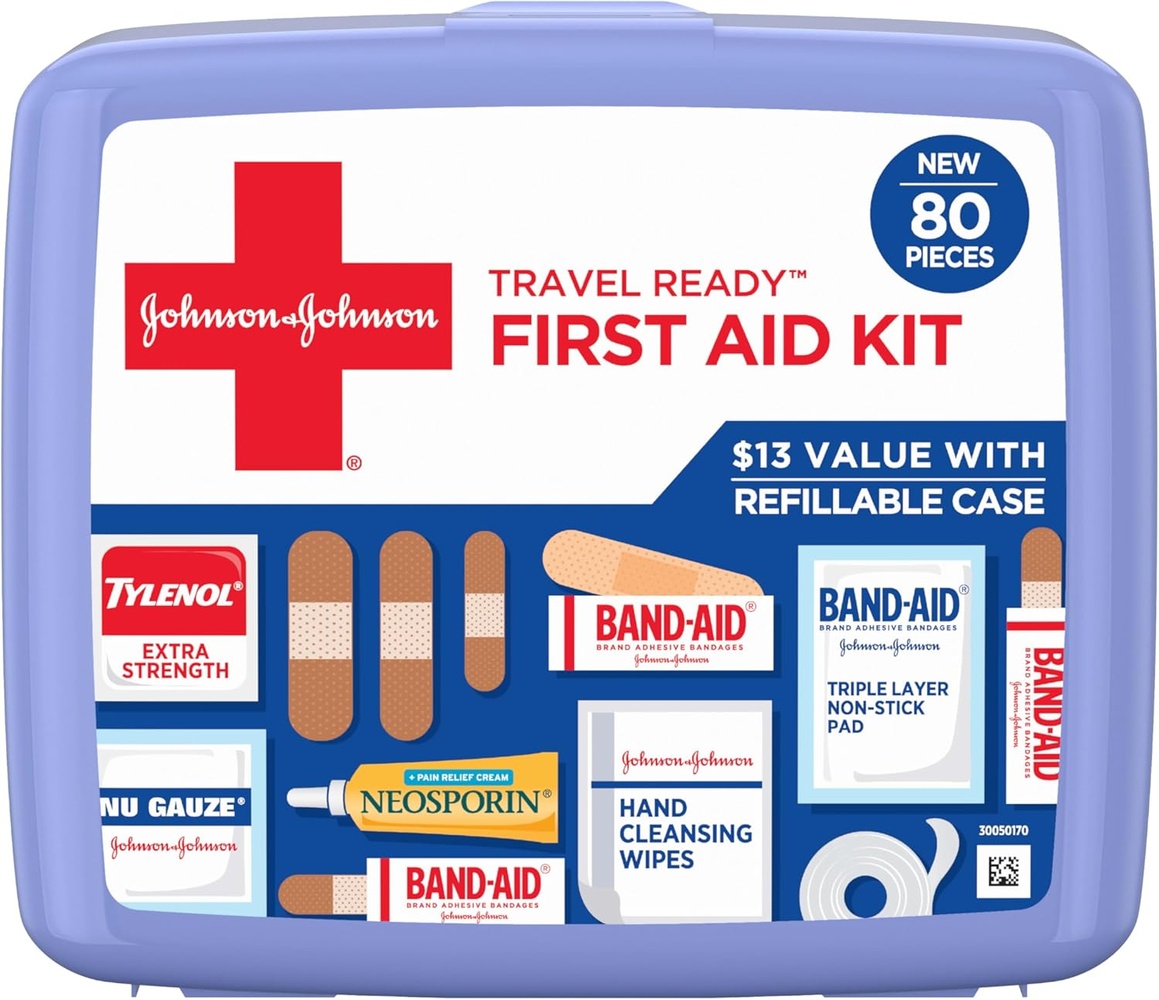 Assemble a comprehensive first aid kit containing bandages, antiseptic solutions, pain relief medication, allergy treatment options, and basic wound care supplies. Minor injuries that receive prompt, appropriate care rarely disrupt session continuity, while untreated problems can escalate into serious complications requiring professional medical attention. Preparation demonstrates professionalism while ensuring client safety remains the top priority.
Assemble a comprehensive first aid kit containing bandages, antiseptic solutions, pain relief medication, allergy treatment options, and basic wound care supplies. Minor injuries that receive prompt, appropriate care rarely disrupt session continuity, while untreated problems can escalate into serious complications requiring professional medical attention. Preparation demonstrates professionalism while ensuring client safety remains the top priority.
Disclaimer: First aid kits are for basic care only. Photographers should seek proper first aid training and certification. This information is not medical advice. Always call emergency services for injuries and consult healthcare professionals regarding appropriate first aid supplies and procedures. Know your limitations and local emergency protocols.
15. Emergency Cash
Electronic payment systems occasionally fail, and portrait photographers working in diverse locations may encounter situations where traditional payment methods prove inadequate. Remote shooting locations, equipment rental facilities, and service providers sometimes require cash transactions that digital payments cannot accommodate. Emergency currency provides financial flexibility when electronic systems become unavailable.
Maintain modest cash reserves in small denominations for maximum versatility. Emergency funds cover unexpected expenses including location fees, emergency equipment replacements, food, and transportation costs when electronic payment fails. Store cash securely in waterproof containers separate from primary wallets to prevent total loss if primary storage becomes damaged or misplaced during challenging shooting conditions.
The Foundation of Professional Portrait Photography
These essential items won't improve your understanding of lighting ratios or enhance your ability to direct authentic expressions, but they'll ensure you remain prepared to capture exceptional portraits when everything else aligns perfectly. Professional portrait photographers who consistently deliver outstanding results aren't just technically skilled; they're individuals who anticipate challenges and maintain comprehensive preparation that allows creative focus rather than problem management. Your camera captures moments, but these essentials create the conditions where memorable moments can emerge naturally. The photographer with thorough preparation concentrates on artistic expression rather than basic logistics.
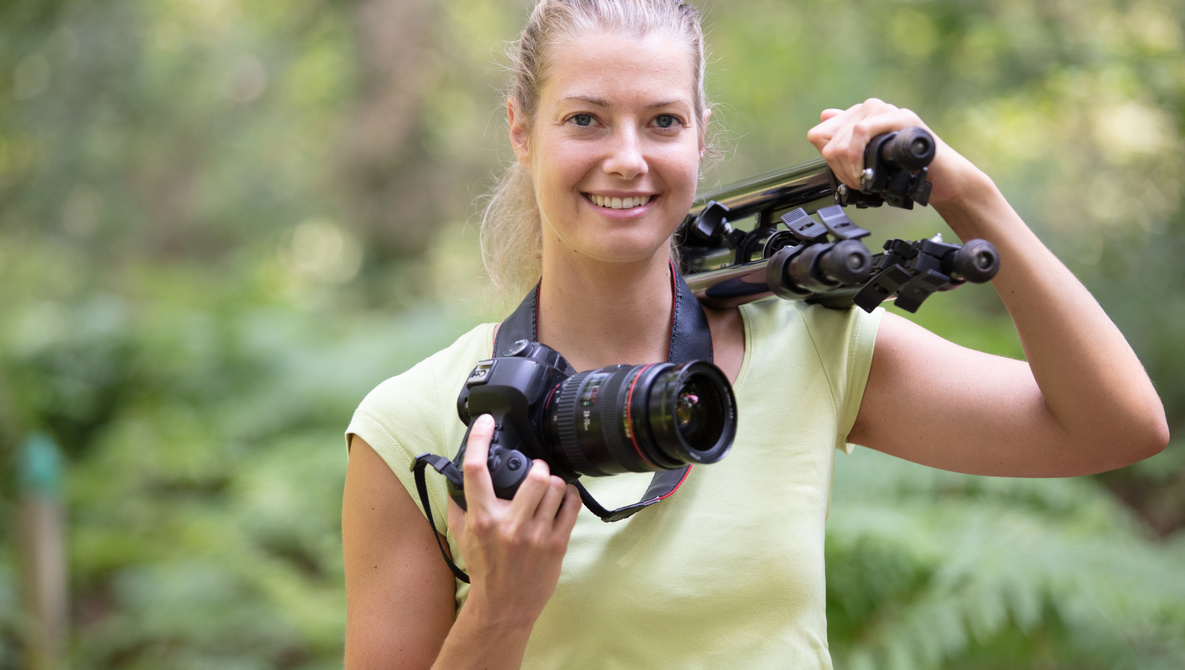






Another recommendation is a portable solar panel for backup. At least 60 watts with a direct USB A connection. It helps with fans and charging. Yoga mats are also helpful for shooting in desert terrain.
an apple box is also really handy for adjusting the relative heights amongst your subjects. easier to get both heads in the frame that way.
Wow!! and I made a living with a camera and lights for 30 years.. Would not survive today and need a van LoL.